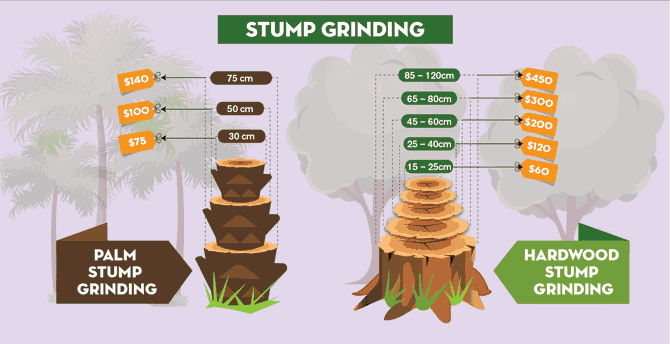The Repercussions Of Getting Rid Of Trees On The Environment: What You Need To Understand
The Repercussions Of Getting Rid Of Trees On The Environment: What You Need To Understand
Blog Article
Personnel Author-Ashworth Lake
When it concerns the environmental effect of tree elimination, there are important elements that require your attention. From the complex web of connections within ecological communities to the succeeding results on environment patterns, the repercussions are profound. https://sites.google.com/view/growth-maintenance/ might be shocked to uncover the complex ways in which the removal of trees can resound throughout the environment. Keep tuned to untangle the intricate links and effects of this apparently simple act.
Logging and Habitat Loss
Deforestation and environment loss are crucial issues stemming from tree removal. When trees are reduced, it interferes with entire environments. Not just are the trees themselves shed, but the homes and food sources of many plant and animal varieties are destroyed as well. Birds lose their nesting websites, creatures lose their shelter, and insects lose their environments. The results surge via the food cycle, influencing killers and prey alike.
In addition, deforestation adds to environment adjustment. Trees play an important function in soaking up carbon dioxide, a greenhouse gas that traps warmth in the environment. With fewer trees, there's much less carbon dioxide absorption, bring about boosted levels of this gas in the atmosphere and worsening global warming.
Environment loss is a direct outcome of deforestation, as the destruction of woodlands means the loss of unique and varied ecosystems. Several species are not able to adapt to rapid adjustments in their setting, leading to population declines and, sometimes, extinction.
Shielding woodlands is essential to keeping the fragile equilibrium of nature and making sure the survival of plenty of plant and pet species.
Impact on Biodiversity
The removal of trees has a considerable effect on biodiversity, affecting the variety and wealth of plant and pet species in an area. Trees provide habitat and food sources for various organisms, from insects to birds to animals. When trees are removed, these types shed their homes and sources of sustenance, resulting in a decline in their populations. This interruption can have plunging impacts on the whole ecosystem.
Moreover, trees play a crucial duty in keeping biodiversity by developing microhabitats within their canopies, trunks, and origins that support a variety of types. When trees are lowered, these specialized settings are damaged, minimizing the overall diversity of the area.
Additionally, the elimination of trees can lead to a decrease in hereditary diversity within plant populations, as certain tree species might no longer have the ability to reproduce or disperse effectively. Shielding trees and woodlands is important for protecting biodiversity and ensuring the wellness of ecological communities for future generations.
Soil Disintegration and Climate Change
With trees being eliminated from an area, the disruption of soil framework and stability occurs, resulting in increased dirt erosion. Trees play a vital role in avoiding disintegration by holding dirt in place with their origin systems. When trees are eliminated, particularly in great deals, the dirt becomes extra prone to erosion from wind and water. This disintegration not just impacts the immediate surroundings yet can also lead to sedimentation in neighboring water bodies, impacting water top quality and water environments.
Furthermore, trees assist control the environment by taking in carbon dioxide during photosynthesis. When trees are reduced, this natural carbon sink is decreased, contributing to raised degrees of greenhouse gases in the environment. This can aggravate climate adjustment, causing more severe weather events and disturbances in ecosystems worldwide.
For that reason, the elimination of trees not just speeds up soil erosion however likewise contributes in the bigger ecological concern of climate change. It's vital to think about these aspects when examining the influences of tree elimination on the atmosphere.
Conclusion
Now that you understand the environmental impact of tree removal, consider the effects before lowering trees. Deforestation interferes with environments, lowers biodiversity, and contributes to soil erosion and climate adjustment. By being mindful of the impact of tree elimination, you can aid secure our atmosphere and protect the fragile equilibrium of nature. Make educated tree pruning service and consider alternative options to lessen the unfavorable effects on our world.
